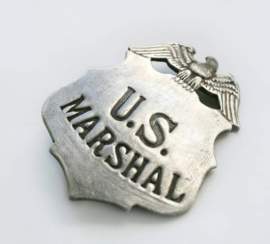
Brief Guide to the Bureau of Reclamation

What is the Bureau of Reclamation?
Formerly known as the United States Reclamation Service, the Bureau of Reclamation is an agency under the United States Department of the Interior, responsible for overseeing water resource management, as it applies to the oversight and operation of numerous water division, delivery and storage. In addition to these broad and imperative responsibilities, the Bureau of Reclamation also maintains and operates the nation’s hydroelectric power generation projects.
The majority of responsibilities and functions carried-out by the United States Bureau of Reclamation was established in July of 1902, following the passing of the Reclamation Act. During this time, Secretary of the Interior, Ethan Allen Hitchcock, established the United States Reclamation Service. Following its inception, the new Reclamation Service studied potential water development projects in every state west of the Mississippi. Through the development of this project, the Bureau of Reclamation established its sources of interest.
History of the Bureau of Reclamation:
From July of 1902 to 1907, the agency began roughly 30 projects in the Western states. Shortly after this time, the Secretary of the Interior separated the Reclamation Service from the USGS and created and independent bureau within the Department of the Interior. Following this division, Frederick Haynes Newell was appointed the first director of the newly established bureau.
In the agency’s early years, a number of projects encountered problems; the majority of complications stemmed from unsuitable soil patterns and construction costs. In response to this financial unrest, the United States Congress passed the Fact Finders Act in late 1924.
In 1928 Congress authorized the Hoover Dam project, and for the first time, large appropriations began to flow from the general funds of the United States. Although this project is regarded as one of the agency’s greatest achievements, the heyday of the Reclamation bureau took place during the Depression and the 35 years following World War II.
The United States Bureau of Reclamation operates approximately 180 projects in the 17 western states. These reclamation projects provide agricultural, household and industrial water to roughly one-third of the US population of the American west. Furthermore, these reclamation projects serve as a major American generator of electricity—as of 2007, reclamation operated 58 power plants on-line and generated over 125,000 GJ of electricity.
List of Notable Reclamation Projects:
• Animal-La Plata Water Project
• Central Arizona Project Aqueduct
• Central Utah Project
• Central Valley Project
• Huntley Project
• Shoshone Project
• Yuma Project
• Klamath Project
• Moon Lake Project
• North Platte Project
• Rio Grande Project



















